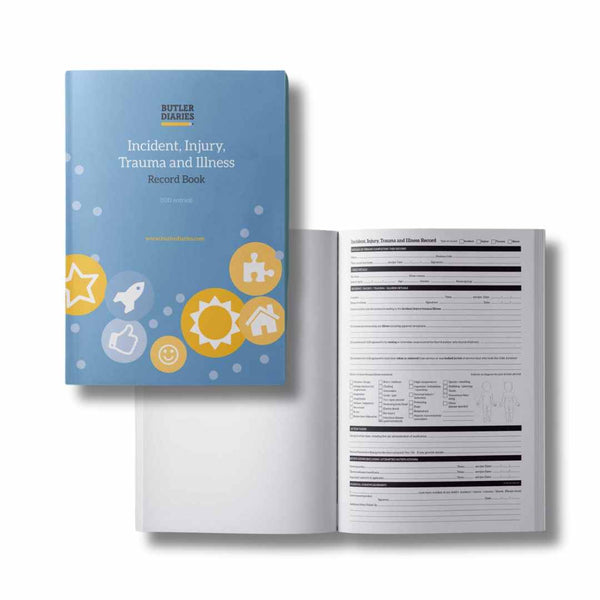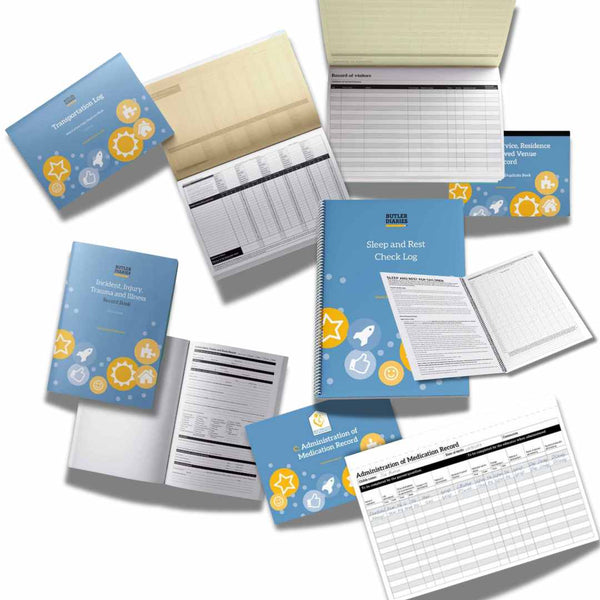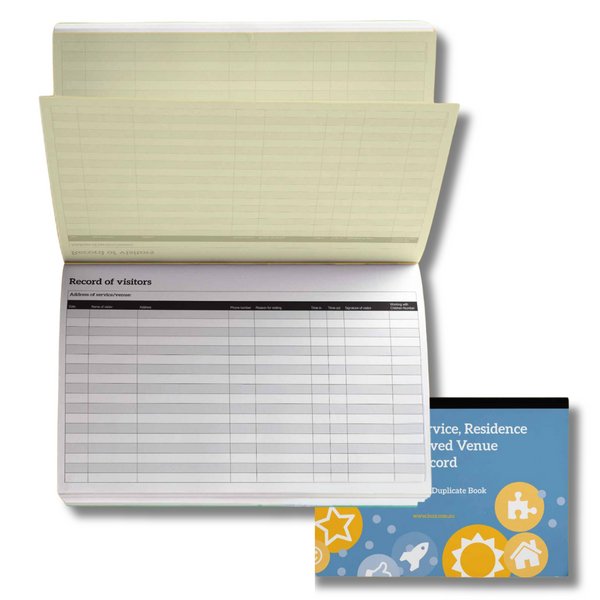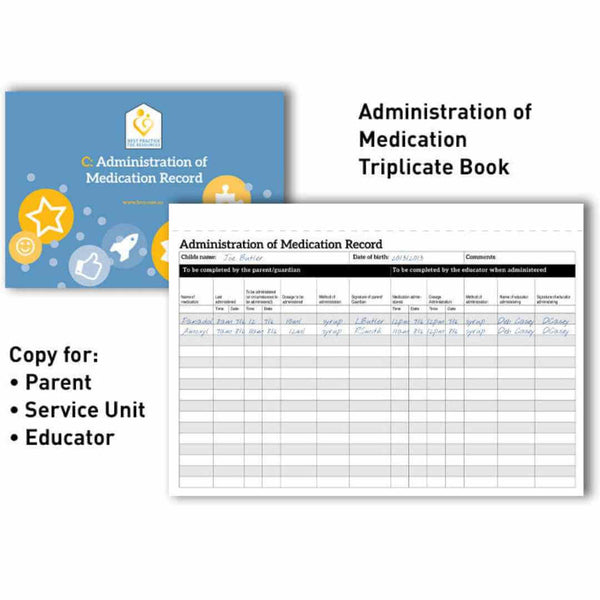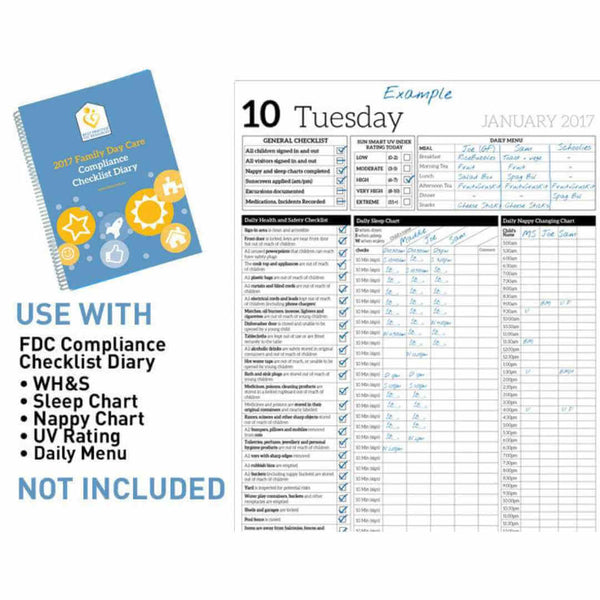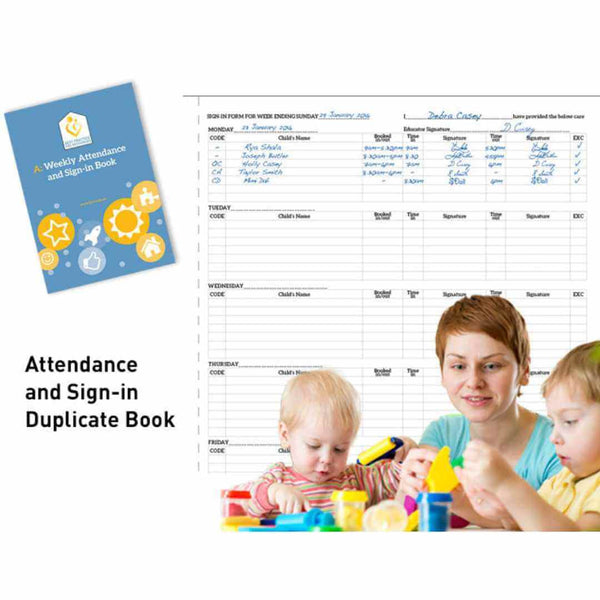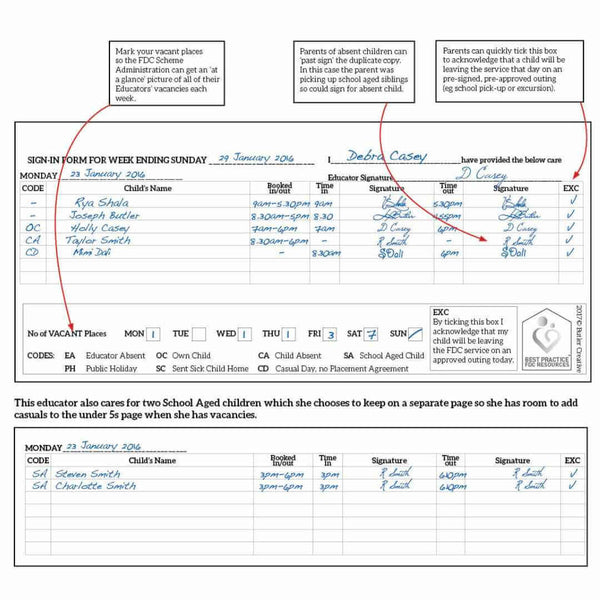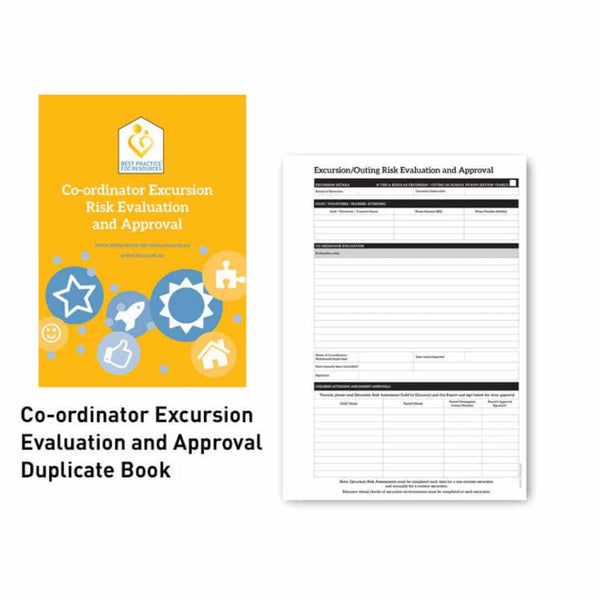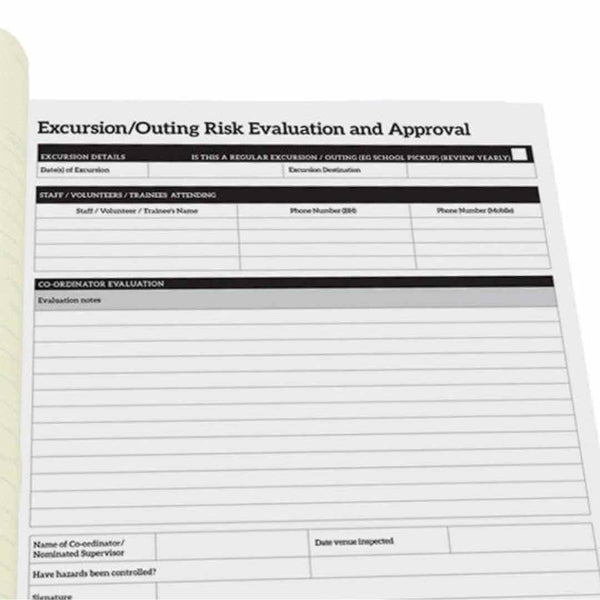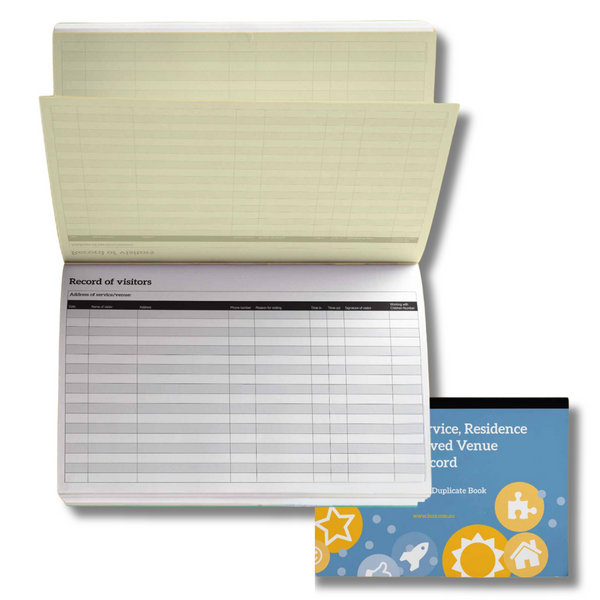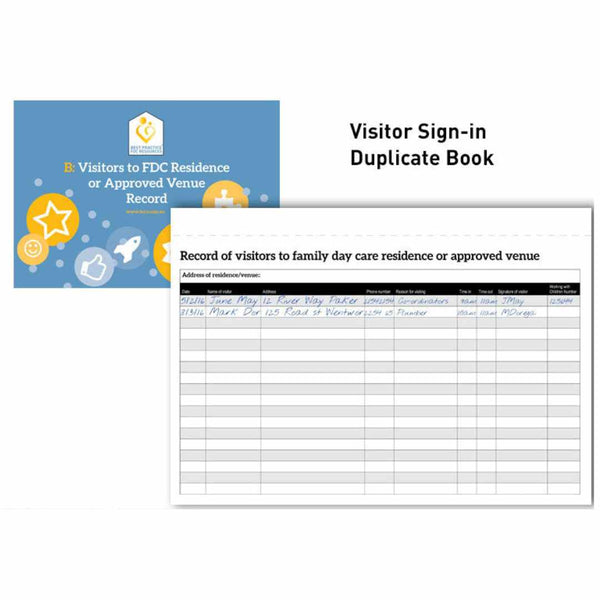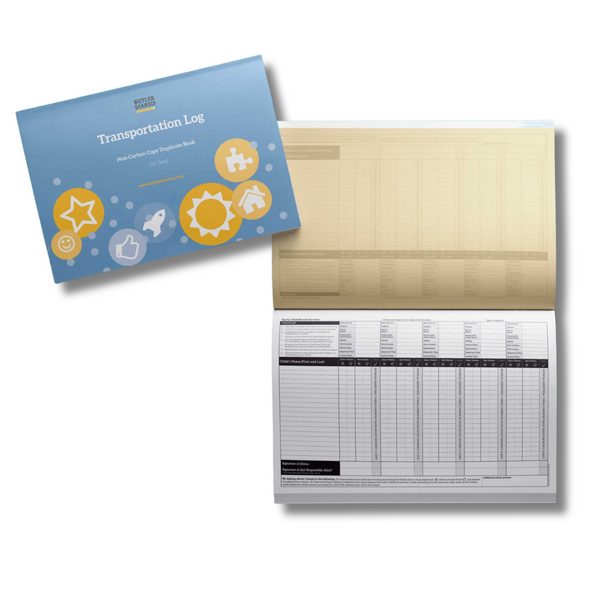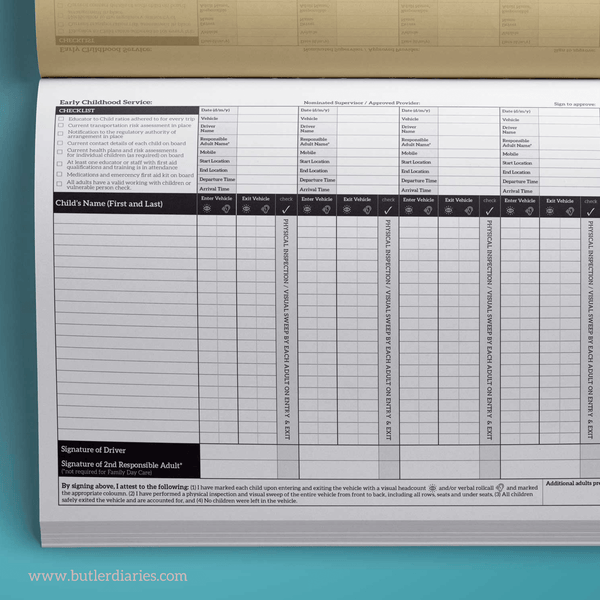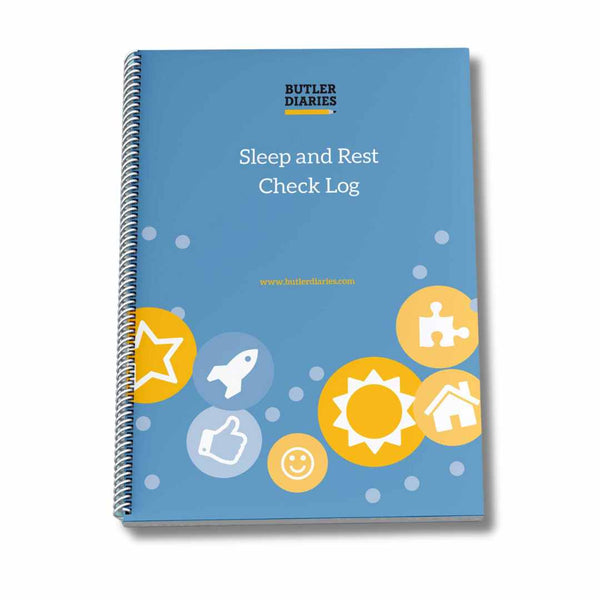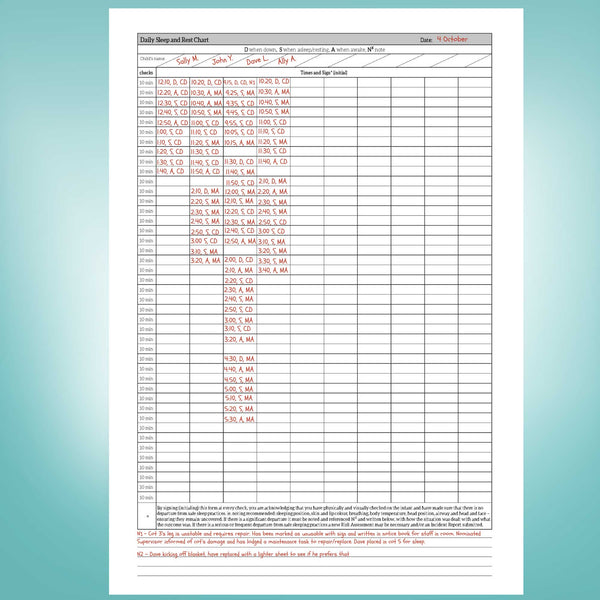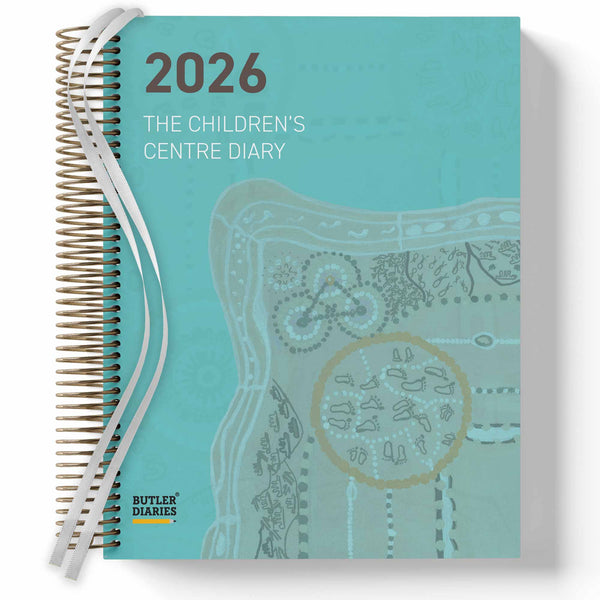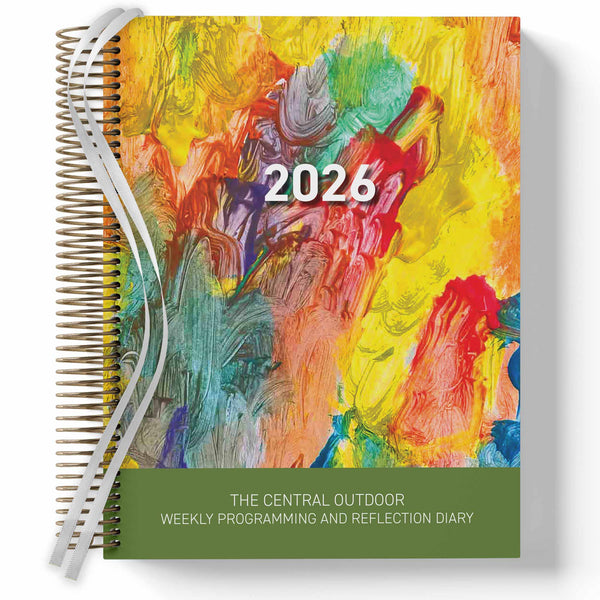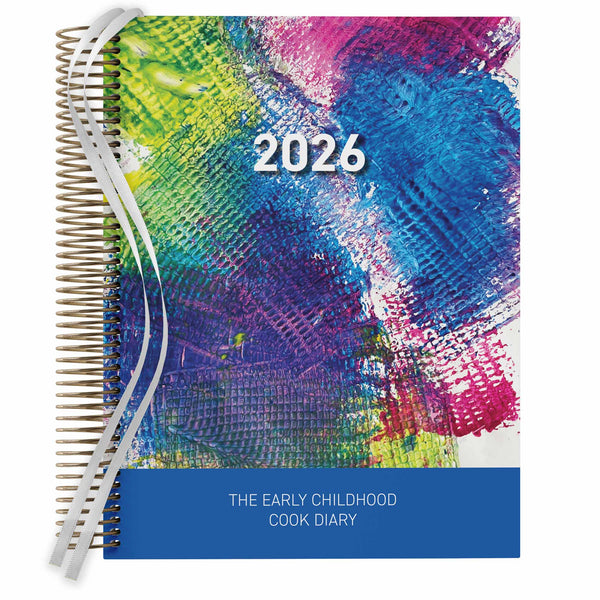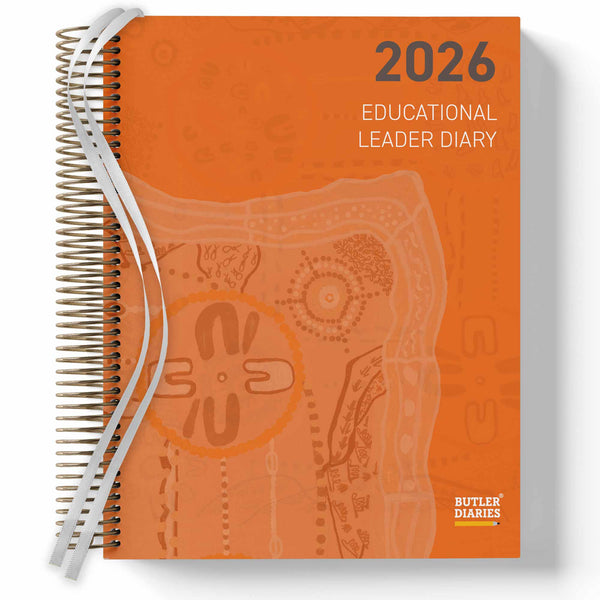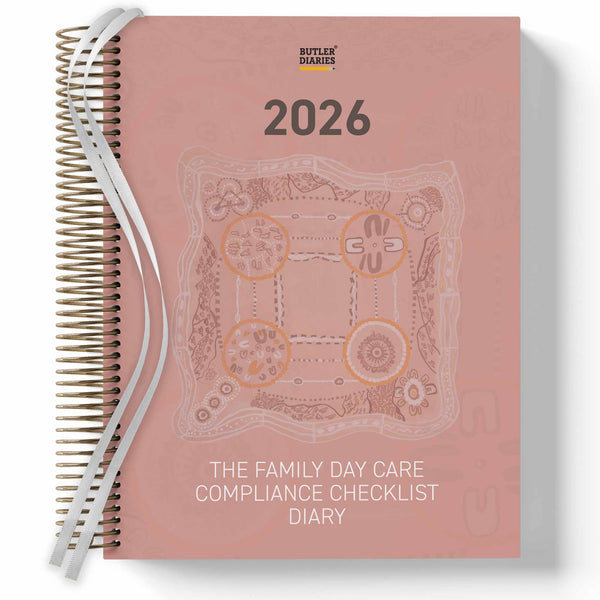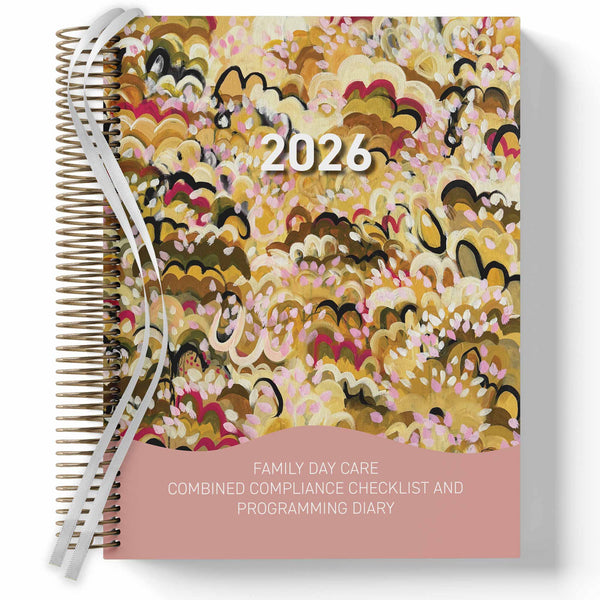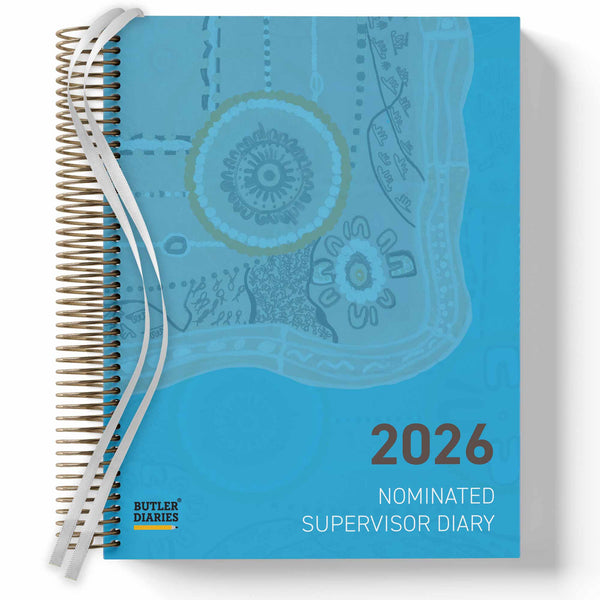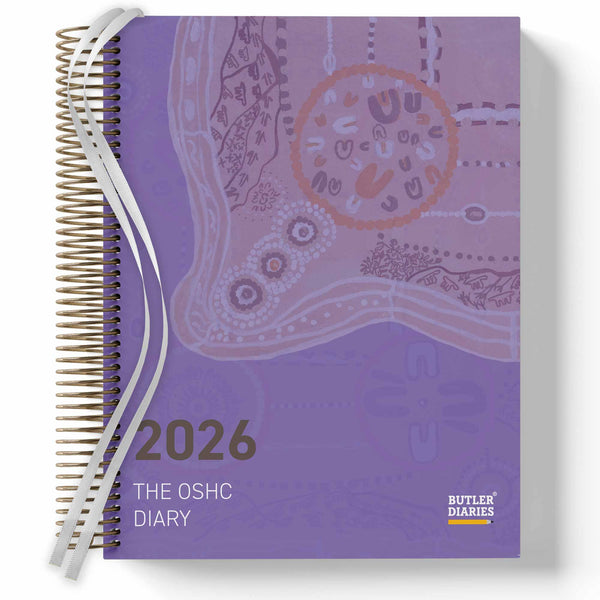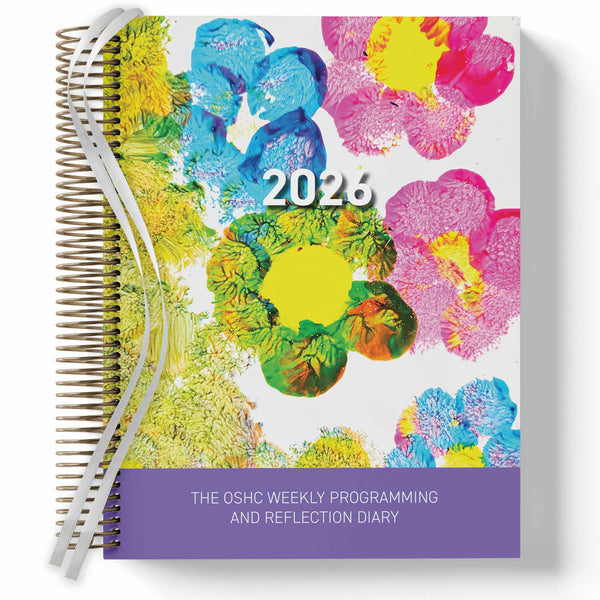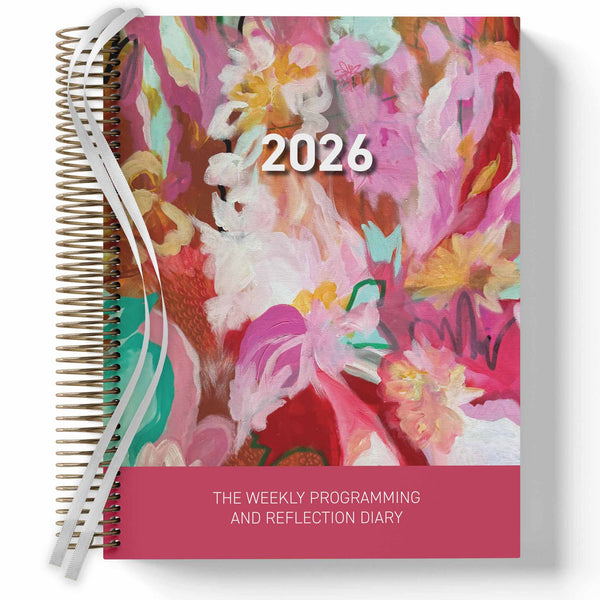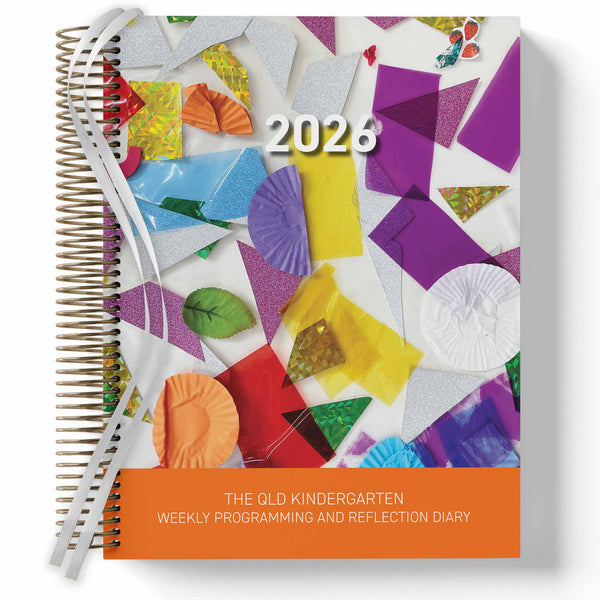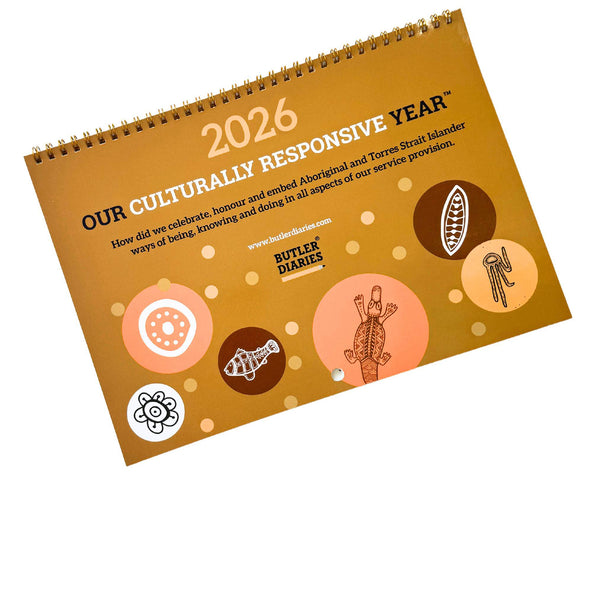Incident reporting in early childhood is crucial for maintaining safety, meeting legal requirements, and building trust with families. It involves documenting events that impact a child’s health, safety, or wellbeing, such as injuries, medical emergencies, or allegations of abuse. From 1 September 2025, Australian early childhood providers must notify authorities of serious incidents, including abuse allegations, within 24 hours. Non-compliance can result in penalties, loss of subsidies, or service closure.
Key Points:
- Why It Matters: Protects children, ensures compliance, prevents legal issues, and improves safety measures.
- Legal Framework: Governed by Education and Care Services National Law, National Regulations, and National Quality Standard.
-
Reporting Process:
- Immediate response: Ensure safety, notify parents, and document the incident.
- Written reports: Must be clear, factual, and submitted within required timeframes.
- Tools: Template solutions like Butler Diaries simplify record-keeping and compliance.
- Prevention: Staff training, open communication, and regular safety reviews are essential.
Proper incident reporting not only ensures compliance but also supports a safer environment for children and staff.
Legal Requirements for Incident Reporting
Australia's legal framework has become more stringent following the 2023 Child Safety Review. Here’s a breakdown of the key regulations and what they mean for incident reporting.
Key Regulations and Frameworks
The rules surrounding incident reporting are grounded in legislation like the Education and Care Services National Law, the Education and Care Services National Regulations, and the National Quality Standard (NQS). These laws require providers to report any allegations, complaints, or incidents involving physical or sexual abuse.
Recent reforms have clarified and strengthened these requirements, ensuring that services implement clear and effective procedures to safeguard children. These laws also impose strict deadlines for reporting and outline severe consequences for failing to comply.
Reporting Deadlines and Penalties
One of the most notable changes is the introduction of tighter reporting deadlines. Starting from 1 September 2025, services must notify regulatory authorities within 24 hours of becoming aware of any allegation, complaint, or incident involving physical or sexual abuse. This is a significant shift from the earlier seven-day reporting period.
Non-compliance carries heavy penalties under the Family Assistance Law. These penalties include:
- Suspension or cancellation of Child Care Subsidy approval.
- Refusal of applications for new services.
- Imposition of additional conditions on existing approvals.
"These changes are about making sure the right rules are in place to keep our children safe while they are in early education and care." – Jason Clare, Federal Minister for Education
"These changes will help to ensure that we continue to provide assurance to families and children that early education settings are safe, positive and enriching." – Dr Jess Walsh, Minister for Early Childhood Education
The reforms also expand compliance powers. Authorised officers from the Australian government can now conduct unannounced visits and spot checks. Providers who repeatedly fail to meet these standards risk being excluded from the CCS scheme. Additionally, new measures aim to address gaps in reporting timelines and improve digital accountability.
To meet these legal requirements, services must adopt reliable systems and processes. These changes highlight the importance of the reporting steps discussed in later sections.
How to Report Incidents: Step-by-Step Process
When an incident occurs in your early learning service, having a clear process ensures you respond appropriately while meeting your legal obligations. The steps you take in those first critical moments can make a big difference in handling the situation and staying compliant with regulations.
Immediate Response to Incidents
Start by assessing the child's safety and determining if medical help is needed. For serious incidents, call 000 immediately to contact emergency services. For less severe injuries, administer first aid according to your training and service policies.
Once the child is safe, secure the area where the incident occurred. This might mean moving other children away from hazards or isolating any equipment involved. If safe to do so, take photos of the scene to document what happened.
Parents should be notified as soon as possible after the child’s safety is assured. If medical attention is required, contact parents immediately. For minor incidents, aim to inform them on the same day. When speaking with parents, clearly explain what happened, the actions taken, and any planned follow-up. Keep detailed notes of these conversations, including the time and any responses. If you can’t reach the primary contact, continue down the emergency contact list until you’ve spoken to a parent or guardian.
Once the immediate safety and notification steps are complete, move on to documenting the incident thoroughly.
Writing Incident Reports
After the initial response, detailed documentation is a must. This record becomes the foundation of your incident reporting process. Include key details such as the date, time, number of children involved, and their ages and genders.
Using standardised templates with built-in duplicate pages can help maintain consistency across your service. Write a clear, factual account of what happened. For example, instead of saying, "Sarah was being careless", write, "Sarah was running and tripped over the toy truck."
Add details about the environment at the time - weather conditions or any unusual circumstances - and list the actions taken after the incident. This could include first aid administered, staff involved, and whether any equipment or areas were secured or inspected. Be sure to record the names of staff members present and any witnesses. Include follow-up actions, such as additional medical checks or updates to policies.
Once the report is complete, ensure all relevant parties are informed promptly.
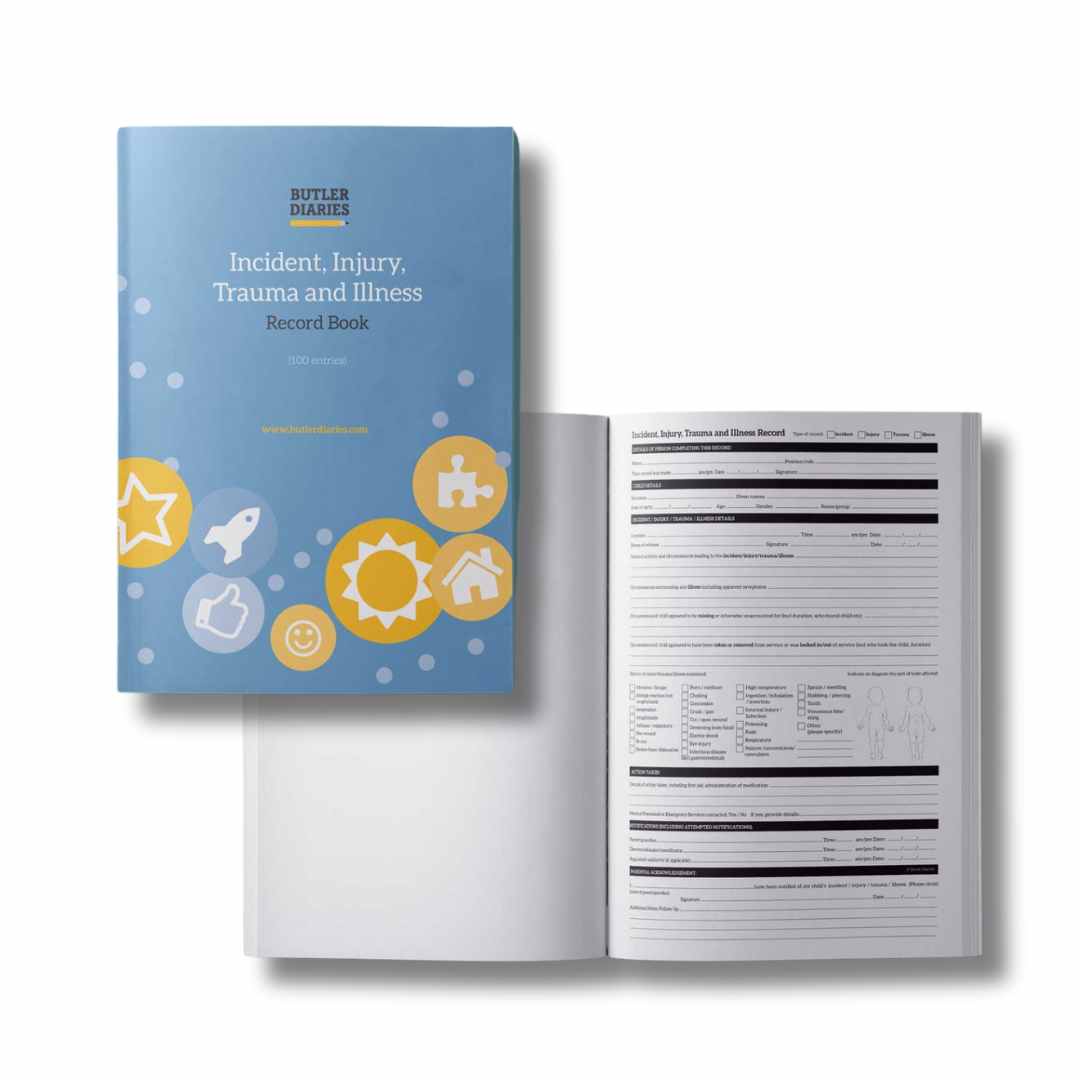 Who to Notify and When
Who to Notify and When
The notification process depends on the type and severity of the incident. For serious incidents, such as those involving allegations or complaints of physical or sexual abuse, you must notify the appropriate regulatory authority as per your service’s procedures.
After ensuring the child’s safety, inform your supervisor immediately. They will help coordinate further notifications and manage the overall response.
For emergencies, notify parents right away. For minor incidents, aim to contact them on the same day. Always document all attempts to reach parents, including any unsuccessful ones.
Regulatory reports should be submitted through the required state or territory channels.
Finally, ensure all incident reports are stored securely with access restricted to authorised personnel. Keeping detailed, factual records not only supports compliance but also helps identify patterns, provides evidence if needed, and demonstrates your service’s commitment to maintaining high standards of child safety.
A copy of the incident report should also be provided to families. [Duplicate books](Incident, Injury, Trauma and Illness Record Triplicate Book) provide a second copy immediately that can be shared with families.
Tools and Resources for Compliance
The right tools can transform compliance and incident reporting from a tedious chore into a seamless part of daily operations. Here's an overview of tools and strategies that simplify compliance and record-keeping.
Compliance Tools for Educators
The National Quality Standard (NQS) and regulatory authorities expect services to keep clear, consistent, and accessible records of any incidents, injuries, trauma, or illness that occur while children are in care. These records not only help meet legal obligations but also serve as valuable tools for reflection and continuous improvement, showing how educators respond to situations and safeguard children in their environments.
A reliable compliance tool for this process is a structured record book that ensures all the required details are captured. Educators often juggle multiple responsibilities, so a format that is easy to use, consistent across the team, and securely stored is essential. By using a professional tool, such as the Incident, Injury, Trauma and Illness Record Book, educators can record accurate information at the time of the event, retain an official copy for service records, and provide another to families, keeping communication transparent and consistent.
Beyond meeting compliance, proper incident reporting builds trust with families and strengthens your service’s professionalism. Clear, thorough, and well-documented reports reassure families that educators are attentive and responsive, while also providing evidence during Assessment and Rating. By embedding tools like the Incident, Injury, Trauma and Illness Record Book into daily practice, services simplify their record-keeping, ensure nothing is overlooked, and demonstrate to regulators and families alike that children’s safety is prioritised in every aspect of care.
sbb-itb-706bda8
Creating a Safe Childcare Environment
While accurate incident reporting is crucial, the real cornerstone of child safety lies in prevention. A safe childcare environment thrives on well-prepared staff and a workplace culture that consistently values safety above all else.
To achieve this, it's essential to focus on two main areas: equipping your team with the right skills and knowledge, and fostering an open, proactive culture that prioritises safety and continuous improvement.
Staff Training and Development
The ability of your team to effectively prevent, identify, and respond to incidents depends entirely on the quality of their training. Consistent and practical training is your best line of defence against avoidable mishaps.
Start with foundational safety training that covers the essentials - hazard identification, risk assessment, and emergency response procedures. Include hands-on scenarios to help team members spot risks before they escalate. For instance, they could learn to recognise signs that a child may be experiencing stress or difficulties at home.
Training should also cover what happens after an incident. Staff need to be confident in documenting incidents clearly, using chronological accounts, and knowing when additional follow-ups are necessary. This not only meets compliance requirements but also reinforces the importance of clear communication.
Regular refresher training is key. While annual sessions are common, shorter, more frequent sessions - such as quarterly workshops - often result in better retention and more focused learning. Tailor these sessions to address specific challenges or risks within your service.
Specialised training for different roles is equally important. For example, room leaders may need advanced guidance on supervision techniques, while administrative staff should understand their responsibilities in the reporting and communication process. Tailoring training to your specific environment, using real-life examples (with identifying details removed), helps bridge the gap between theory and practice.
Peer mentoring can also be a powerful tool. By pairing experienced staff with newer team members, you create opportunities to reinforce best practices and build a collective commitment to safety.
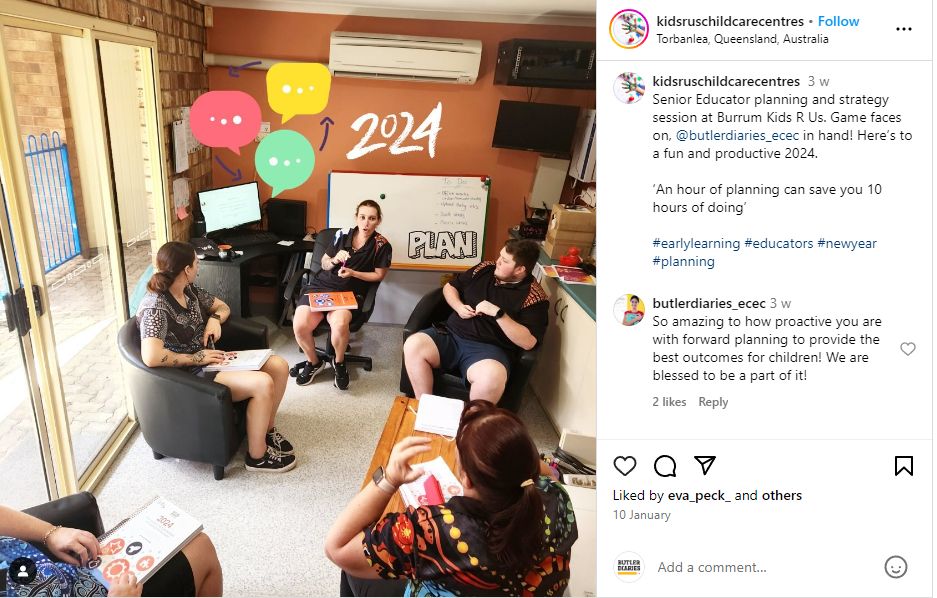 Building a Child-Safe Culture
Building a Child-Safe Culture
Creating a safe childcare environment goes beyond policies - it’s about building a culture where safety is a shared priority. This involves setting clear expectations, ensuring leadership support, and fostering an atmosphere where concerns can be raised without fear of blame.
Leadership commitment is the foundation of a strong safety culture. When management visibly prioritises safety, provides resources for training and equipment, and responds constructively to concerns or incidents, it sends a clear message that safety comes first. This commitment must be evident in daily operations, not just in written policies.
Encouraging open communication is vital. Staff need to feel comfortable reporting near-misses, suggesting improvements, and voicing concerns about unsafe practices or conditions. Creating an environment where these discussions are welcomed helps address potential risks before they lead to incidents.
Regular safety discussions can keep prevention efforts top of mind. These might include reviewing recent incidents (without placing blame), identifying new risks, sharing effective prevention strategies, or clarifying questions about procedures.
Involving frontline staff in policy development is another key strategy. Policies crafted without input from those who implement them often fail to address real-world challenges. By engaging staff in the process, you ensure that safety measures are practical and more likely to be followed.
Family involvement strengthens the safety culture by aligning practices between home and the service. Share information about your safety protocols, involve families in planning for children with specific needs, and maintain open communication about any incidents or concerns.
Regular reviews of the physical environment are also essential. Staff at all levels should participate, as fresh perspectives can reveal hazards that others may overlook. Even children can contribute in age-appropriate ways, offering insights into how spaces are actually used.
A robust safety culture empowers staff to act quickly when hazards arise. Consistent documentation of safety initiatives, completed training, and improvement efforts demonstrates accountability and reinforces your commitment to families and regulatory bodies. Tools like Butler Diaries and the reflective QIP pages and safety checklists included can help track these efforts while aligning with EYLF and MTOP standards.
Celebrating safety achievements can further reinforce positive behaviours. Recognise staff who identify hazards, acknowledge periods without incidents, or share success stories about prevention strategies. These small gestures can go a long way in maintaining enthusiasm and focus.
Conclusion
Effective incident reporting serves as a cornerstone for creating a safer environment for children, supporting families, and reinforcing the quality of your service. The staggering figure of over 49,000 serious incident notifications across Australian services in 2022–23 highlights just how crucial robust reporting systems are.
Key regulatory measures, such as the 24-hour reporting requirement and the guidelines under the National Quality Framework, play a pivotal role in maintaining high safety standards. These measures not only help identify and prevent risks but also foster clear and transparent communication.
Accurate and timely documentation, combined with well-trained staff and open communication channels, helps build a culture of proactive safety. By analysing incident reports and addressing recurring hazards, services can reduce risks and demonstrate how systematic approaches translate into tangible improvements.
Investing in compliance tools, like customised diaries aligned with EYLF and MTOP, simplifies record keeping while enhancing safety protocols. Products such as those from Butler Diaries ensure thorough documentation that meets regulatory requirements and expectations.
Failure to comply with reporting obligations can result in penalties, loss of accreditation, and increased safety risks. Beyond avoiding these consequences, proper incident reporting fosters transparency with families, builds trust in your service, and contributes to a safer early childhood education experience for everyone.
FAQs
What are the essential steps for reporting incidents in childcare in Australia?
In Australia, reporting incidents in early learning services requires careful attention to a few key steps to meet regulatory requirements and prioritise safety. Providers are obligated to submit a serious incident notification form within 24 hours of the incident. This process involves recording all details with accuracy while respecting the need for sensitivity and confidentiality.
Equally important is evaluating the situation to identify any potential risks and taking prompt action to minimise them. Continuous monitoring and follow-ups may be necessary to ensure the well-being of the children affected. Maintaining thorough records and informing the relevant authorities, as outlined by the guidelines and privacy standards, is essential throughout the process.
What impact do the 2025 childcare regulations have on incident reporting timelines and consequences?
The 2025 childcare regulations in Australia have introduced a significant change: the timeframe for reporting serious incidents, including physical or sexual abuse, has been cut from 7 days to just 24 hours. This adjustment underscores the critical need for swift action to prioritise child safety and meet compliance standards.
Providers who fail to adhere to these tighter reporting rules may face stricter enforcement measures and greater accountability. These updates reflect a strong commitment within the sector to protect children and uphold high-quality care standards.
How can childcare providers meet incident reporting requirements and keep accurate records?
To meet Australian regulations, childcare providers must establish clear policies for reporting incidents. Serious incidents should be reported within 24 hours, and detailed records must include the date, time, location, injuries, and actions taken. These records are required to be securely stored for a minimum until that child is 25 years old.
Organisational tools like customised diaries from Butler Diaries can help streamline record-keeping and ensure compliance. Additionally, regular staff training on incident reporting procedures is essential for maintaining accurate and consistent documentation.








